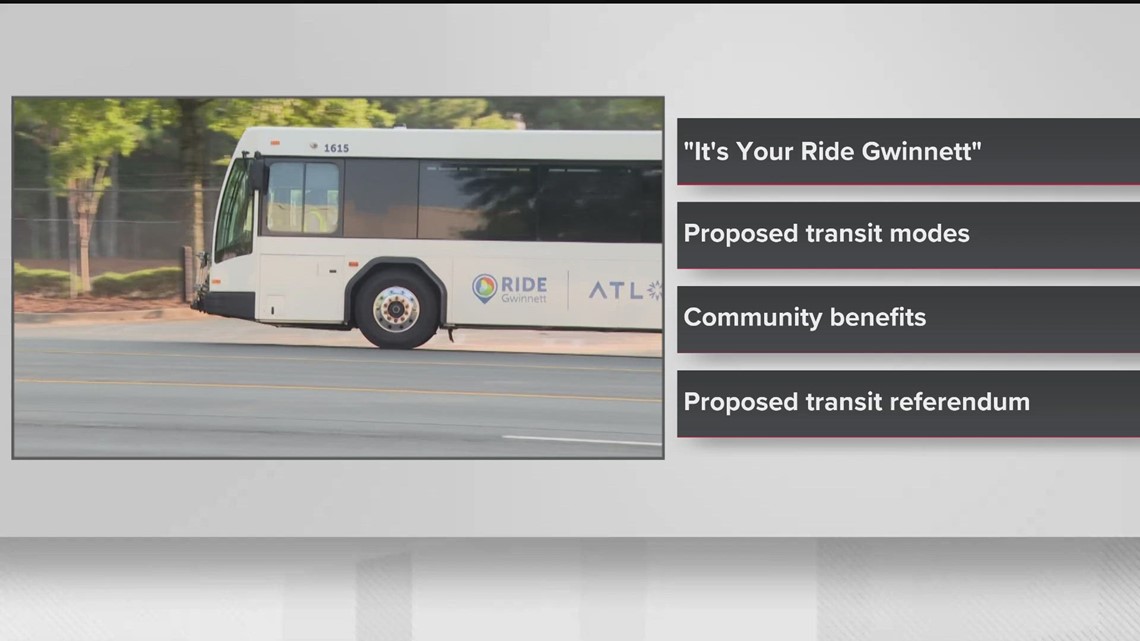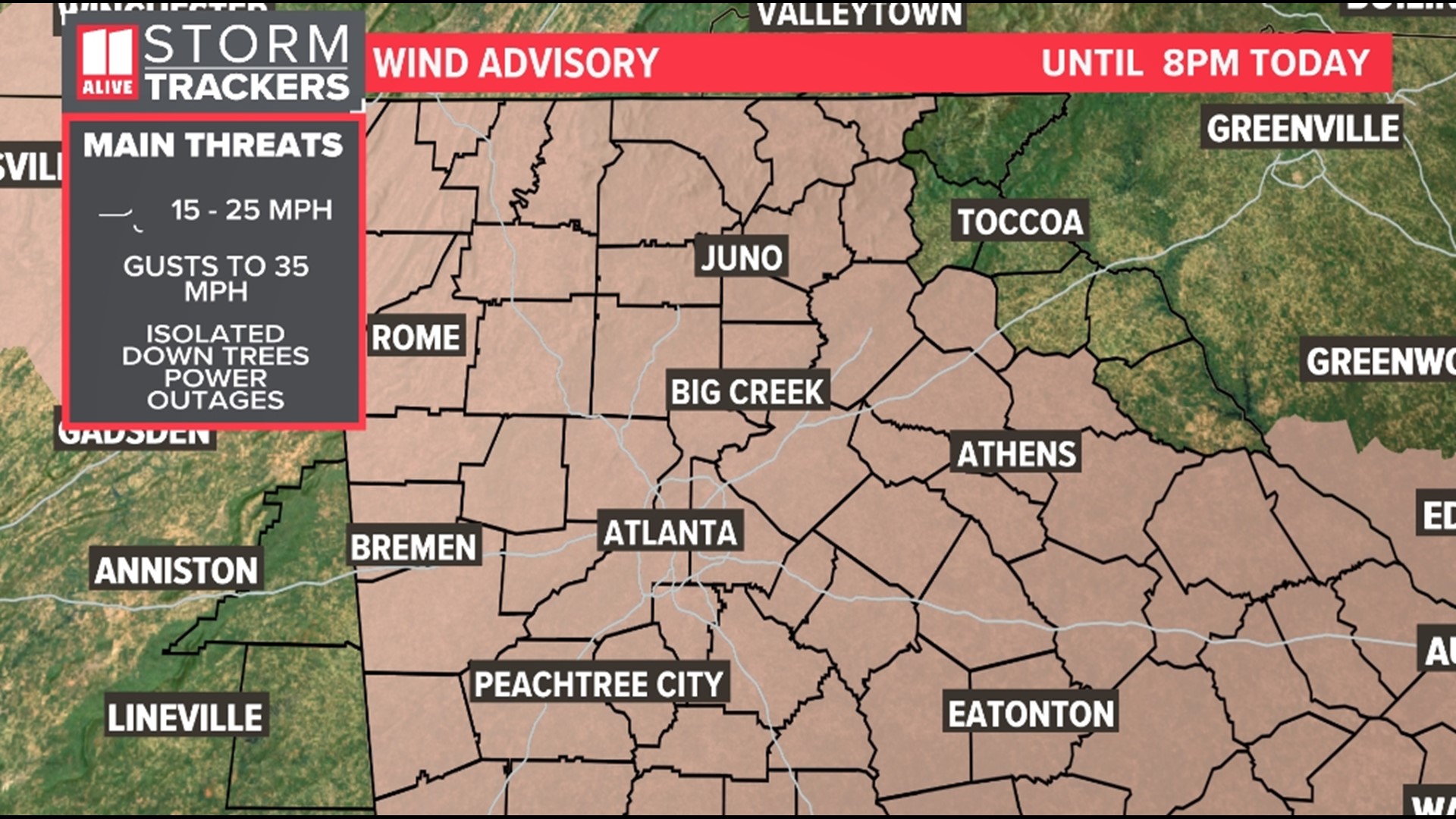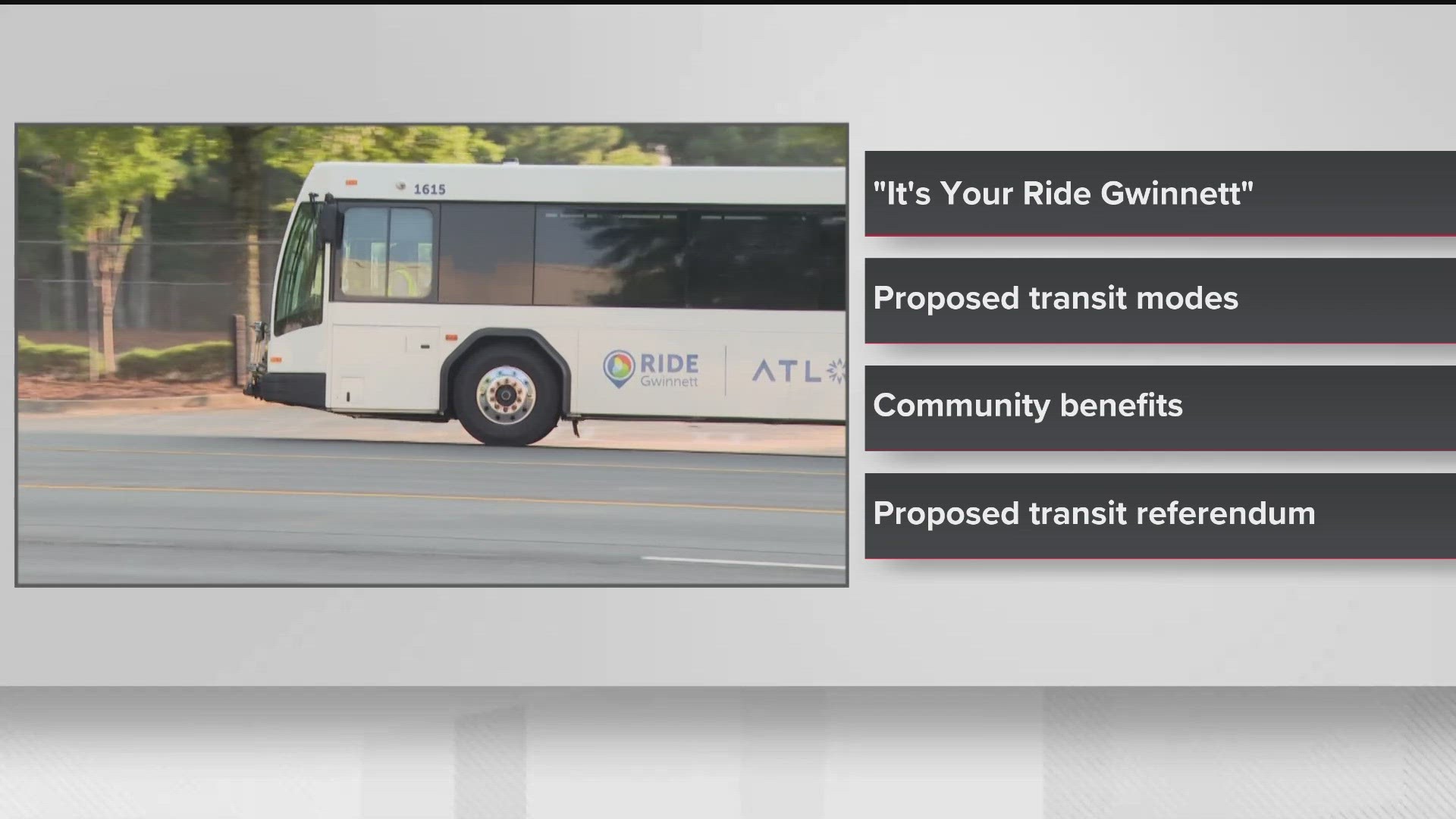Welcome to a pivotal moment for our community as we introduce the new Transit Plans Information Hub, designed with every resident in mind. Gone are the days of navigating through a maze of confusing websites and outdated brochures to understand the county’s transit developments. This innovative hub emerges as a beacon of clarity, offering a single, comprehensive source where residents can learn about current projects, future plans, and how these changes might impact their daily commutes and future travel within the county.
The importance of this tool extends beyond mere convenience; it represents a major leap toward enhancing public engagement with our transit infrastructure. By providing easy access to information, the hub encourages community involvement in transit development processes, fostering a deeper understanding and appreciation of the efforts that go into planning our county’s transportation future.

The Transit Plans Information Hub is brimming with features designed to empower residents. Interactive maps, detailed project timelines, FAQs, and community feedback portals are just the start. Whether you’re interested in the nitty-gritty of engineering and design or looking for high-level project overviews, the hub has you covered. It’s built to cater to everyone from the daily commuter curious about travel disruptions to the urban planning enthusiast eager for details on new rail systems or bike paths.
Moreover, the hub is designed to be a dynamic resource, constantly updated with the latest news, meeting schedules for public forums, and progress reports. This ensures residents always have access to the most current information, facilitating ongoing dialogue between the community and planners. It’s a true collaboration tool, tailored to strengthen the collective voice in shaping our transit future.

The anticipated impact of the Transit Plans Information Hub on community engagement is substantial. By demystifying the intricacies of transit planning, the hub is expected to ignite a more informed, involved, and impassioned community dialogue around transit issues. It’s about more than just making plans accessible; it’s about empowering residents to have a say in the transportation landscape, ensuring that it evolves in a way that reflects the needs and desires of the community. In essence, the hub is poised to transform the way residents interact with and influence the development of their local transit system.
Intuitiveness and inclusivity are key; the hub aims to bridge the gap between transit authorities and the everyday user, enhancing transparency and trust in the process. As residents become more knowledgeable and vocal, the feedback loop between the community and planners is expected to drive more resident-focused outcomes, making the hub a cornerstone for collaborative planning and community benefit.
Accessing the Transit Plans Information Hub is made effortless for all. Available online through an easily navigable website, the hub invites users to explore information at their own pace, from the comfort of their home or on the go via mobile devices. For residents who prefer in-person engagement or lack internet access, physical kiosks and information points have been established at strategic public locations such as libraries, city hall, and transit stations.
The hub also offers support for users with disabilities, ensuring that information is accessible to everyone. Features such as text-to-speech for the visually impaired and easy-to-understand layouts for those with cognitive disabilities are part of the inclusive design. By making the hub accessible and user-friendly, we’re not just sharing information; we’re inviting every member of the community to be an active participant in the journey toward a more connected, efficient, and inclusive transit system for tomorrow.






